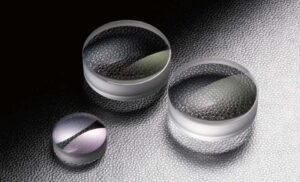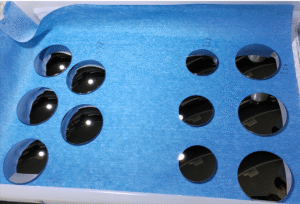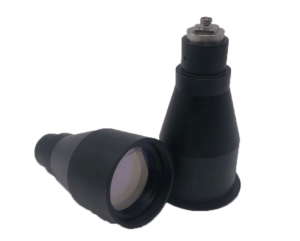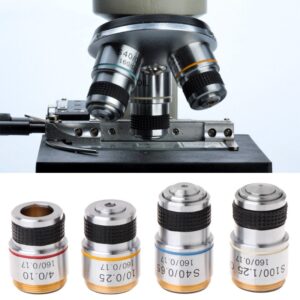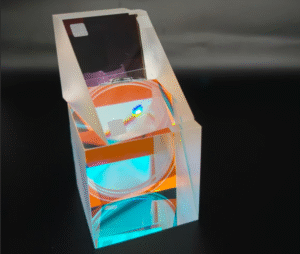What Is a Collimating Lens?
A collimating lens is an optical component designed to transform divergent light from a point source into a parallel beam. This process is known as collimation, which ensures that light rays travel in a uniform direction with minimal divergence.
Collimating Meaning
“Collimate” comes from Latin collimare, meaning “to align.” In optics, it refers to the process of making light rays parallel.
At Bote (www.bote.com.sg), we manufacture precision collimating lenses for use in lasers, fiber optics, imaging systems, and spectroscopy—supporting both standard and custom specifications.
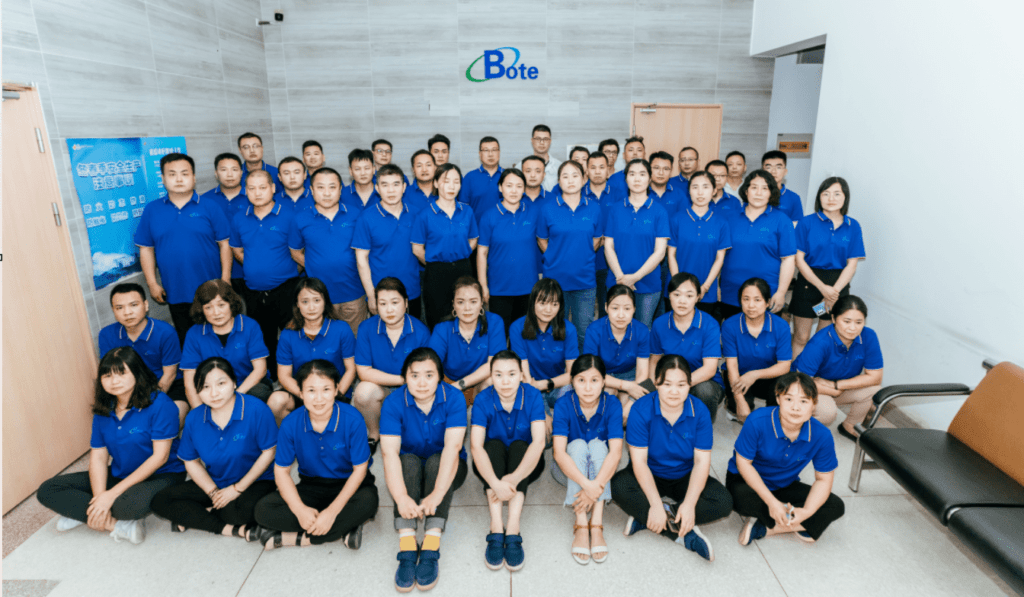
How Does a Collimating Lens Work?
A collimating lens typically works by placing a point light source (like a laser diode or fiber end) at its focal point. The lens then transforms the diverging rays into a collimated beam.
Collimating Lens Focal Length
The focal length plays a crucial role in determining:
- Beam diameter
- Divergence
- Working distance
| Focal Length | Beam Width | Divergence Angle |
|---|---|---|
| Short | Small | Large |
| Long | Large | Small |
At Bote, we offer custom focal lengths based on your system’s geometric and optical constraints.
Collimating Lens vs Focusing Lens
| Feature | Collimating Lens | Focusing Lens |
|---|---|---|
| Purpose | Make light rays parallel | Converge light to a point |
| Source Position | Light source at focal point | Collimated light entering lens |
| Application | Fiber optics, laser beam shaping | Imaging, microscopy, material cutting |
Tip from Bote: In optical systems, both lenses are often used together—one for beam collimation, the other for focusing.
Common Applications of Collimating Lenses
1. Telescope Collimator
Used to align the optical elements of telescopes, ensuring accurate focusing and image clarity. Collimating lenses in laser collimators help align mirrors in Newtonian and Schmidt-Cassegrain telescopes.
2. Fiber Optic Collimator
Combines or launches light into and from optical fibers. Critical for:
- Laser coupling
- Wavelength division multiplexing (WDM)
- Fiber sensing
Bote Advantage: We produce low-NA and high-NA fiber collimators tailored to telecom and sensing applications.
3. Collimated LED
LEDs typically emit wide-angle light. A collimating lens narrows the beam, enhancing brightness and directionality.
Used in:
- Projectors
- Flashlights
- Automotive lighting
How to Make a Collimated Beam
To make a collimated beam:
- Place the point light source at the focal point of the lens.
- Use an aspheric collimating lens to reduce spherical aberrations.
- Align lens and source precisely using mounts or alignment stages.
Aspheric Collimating Lens: Better Performance
Unlike spherical lenses, aspheric lenses have a complex surface profile, allowing them to:
- Reduce aberrations
- Achieve tighter beam collimation
- Improve optical efficiency
| Lens Type | Aberration Correction | Price | Beam Quality |
|---|---|---|---|
| Spherical | Moderate | Low | Standard |
| Aspheric | Excellent | Medium–High | High |
Bote supplies aspheric collimators in IR, visible, and UV ranges with precision polishing and coating options.
Collimating Lens Price Factors
Pricing depends on:
- Material (e.g., N-BK7, Fused Silica, ZnSe)
- Size and Focal Length
- Surface Quality & Coatings
- Customization needs
Bote offers competitive pricing for both prototypes and mass production. Contact us for a quick quote.
Materials Available at Bote
| Material | Wavelength Range | Feature |
|---|---|---|
| BK7 Glass | 350–2000 nm | Cost-effective for visible optics |
| Fused Silica | 200–2500 nm | Low thermal expansion |
| ZnSe | 6000–20000 nm | Ideal for CO₂ lasers and IR optics |
| Plastic (PMMA) | 400–900 nm | Lightweight and economical |
We also offer AR coatings, BBAR, DLC, or custom coatings upon request.
Why Choose Bote for Collimating Lenses?
Based in Singapore, Bote is equipped with:
- Full in-house design and polishing capabilities (China)
- Assembly and inspection lines (Singapore)
- Global export capabilities
We specialize in:
- Custom lens fabrication (aspheric, spherical, plano-convex)
- IR-compatible optics for defense and research
- Zemax optical design support
Whether you’re building an optical sensor, integrating a laser system, or assembling telecom modules, Bote can deliver reliable, tailored solutions.
Get a Custom Collimating Lens Quote
Ready to integrate precision collimation optics into your system?
Visit www.bote.com.sg/contact and tell us your specifications—we’ll handle the rest, from Zemax design to global delivery.
Inspection Equipment List and Metrology of Bote Optics

